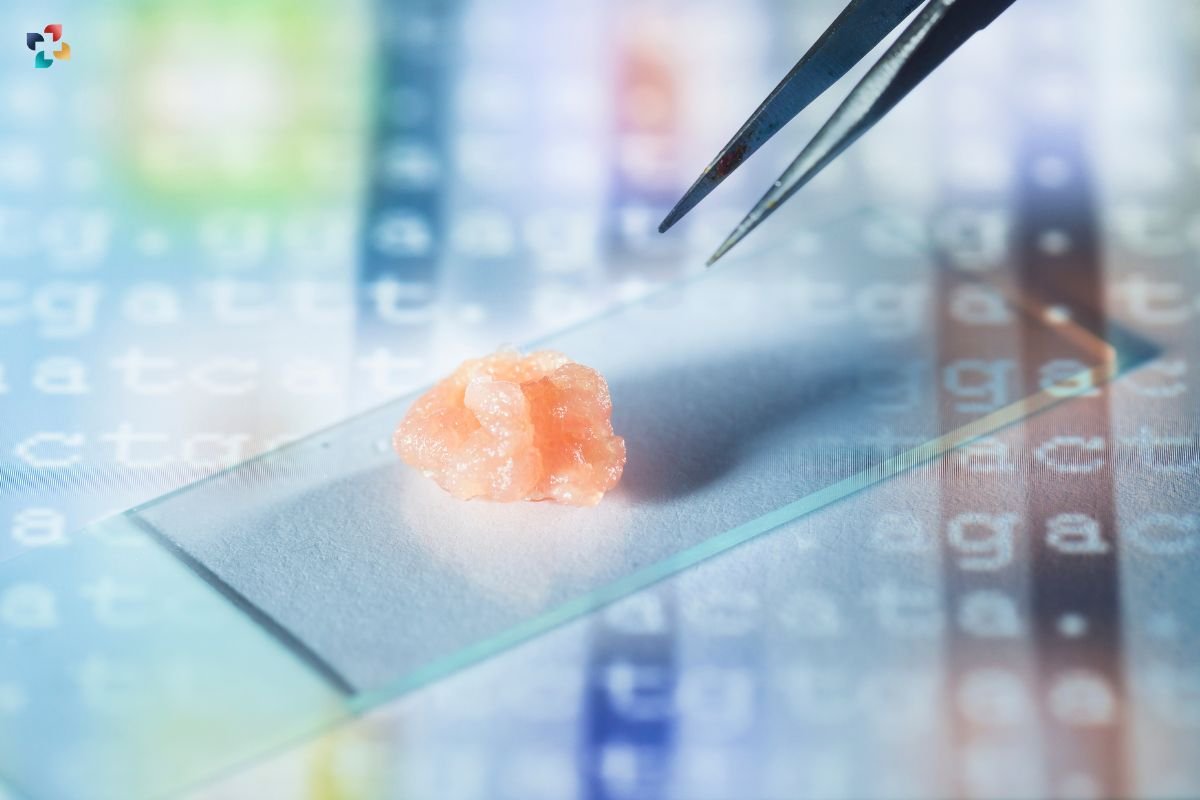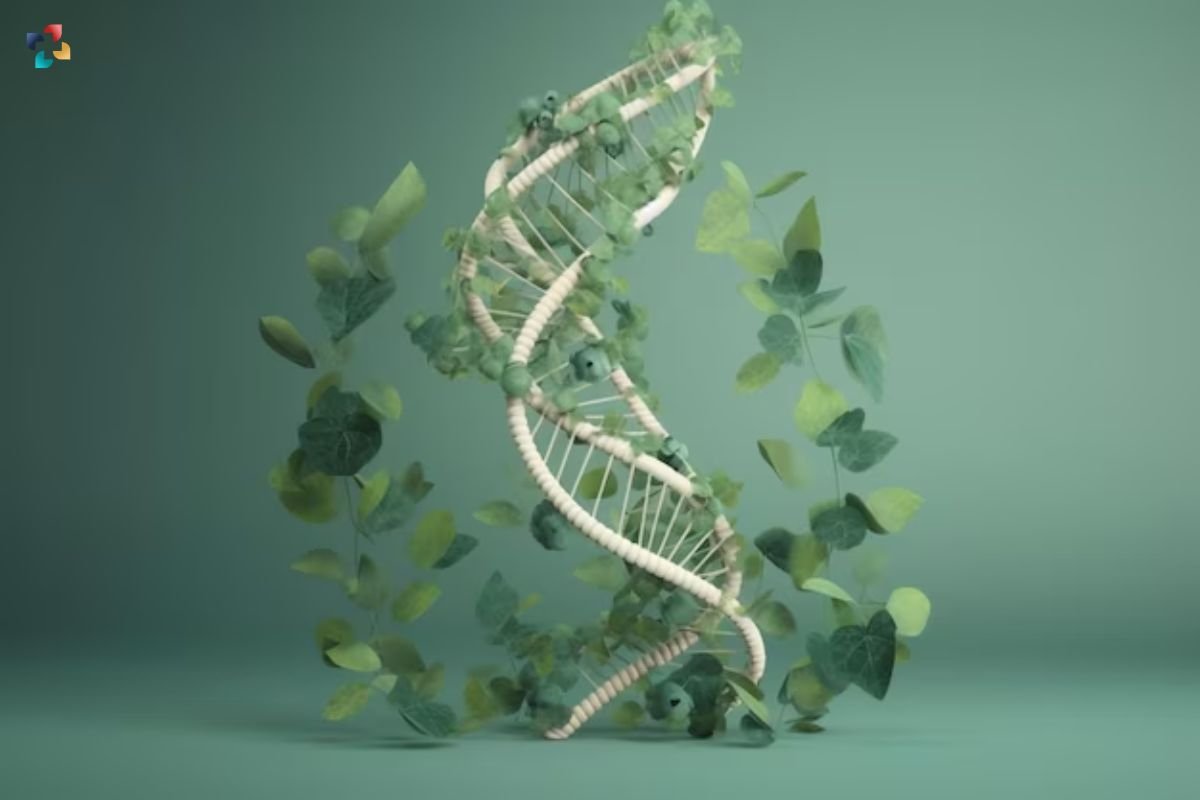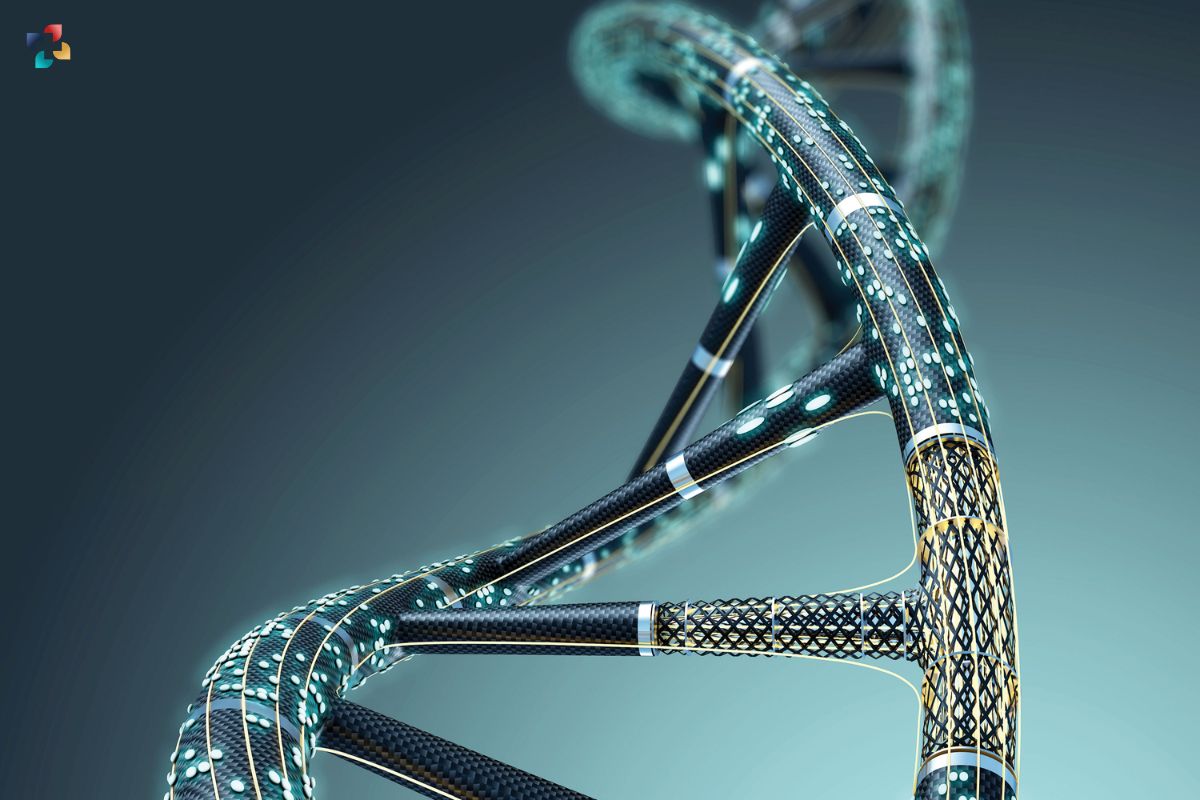Source-Genetic Engineering and Biotechnology News
Redefining our concept of life and the possible uses of living organisms, synthetic biology is an interdisciplinary field at the intersection of biology, engineering, and computers. This paper explores the complex field of synthetic biology, including its historical roots, guiding ideas, contemporary uses, and moral dilemmas raised by its groundbreaking discoveries.
1. Foundations of Synthetic Biology
At the intersection of biology and engineering lies the burgeoning field of synthetic biology. Grounded in the manipulation of life’s fundamental building blocks, it is a scientific endeavor that draws inspiration from nature’s blueprints while applying engineering principles to create novel biological entities. This section delves into the foundational aspects of synthetic biology, exploring the core principles and building blocks that underpin the engineering of life itself.
i. Definition and Scope
It involves the design and construction of biological components, systems, and organisms with novel functionalities. It draws inspiration from engineering principles to create artificial biological systems or redesign existing ones.
ii. Building Blocks of Life
At the core of synthetic biology are the fundamental building blocks of life—DNA, RNA, proteins, and other cellular components. Scientists manipulate these components to engineer organisms with specific traits or functionalities.
2. Key Principles of Synthetic Biology

i. Standardization
Standardization involves creating interchangeable biological parts and devices with well-defined functions. This principle facilitates the modular construction of biological systems, akin to assembling components in traditional engineering.
ii. Modularization
Modular design allows synthetic biologists to break down complex biological systems into manageable modules. These modules can be combined in various ways to create diverse and functional biological entities.
iii. Orthogonality
Orthogonality refers to the independence of different biological components or systems. In synthetic biology, orthogonal elements can function in specific contexts without interfering with one another, providing a level of predictability and control.
3. Tools and Techniques in Synthetic Biology
The landscape of synthetic biology is intricately shaped by cutting-edge tools and techniques that empower scientists to wield unprecedented control over living organisms. From the precision of CRISPR-Cas9 genome editing to the synthesis of custom-designed DNA sequences, these technological marvels form the arsenal of synthetic biologists. This section unveils the diverse toolkit that propels it forward, providing insights into the sophisticated methods employed to manipulate and engineer the very fabric of life.
i. DNA Synthesis and Sequencing
Advancements in DNA synthesis and sequencing technologies have been pivotal for synthetic biology. Automated DNA synthesis enables the creation of custom-designed DNA sequences, while high-throughput sequencing allows researchers to analyze genetic information on a massive scale.
ii. CRISPR-Cas9 Genome Editing
The revolutionary CRISPR-Cas9 technology has transformed genetic engineering and synthetic biology. This system allows precise modification of DNA sequences, facilitating the targeted editing of genes in various organisms.
iii. Gene Synthesis Platforms
Gene synthesis platforms leverage automated methods to assemble DNA fragments, enabling the construction of genes with specific sequences. These platforms contribute to the rapid and cost-effective generation of custom-designed genetic constructs.
Related: Engineered Silk: When Synthetic Biology Meets Fashion
4. Applications of Synthetic Biology
The realm of it extends far beyond the laboratory, reaching into diverse fields with transformative potential. This section navigates the practical applications of synthetic biology, illuminating how engineered biological systems are poised to revolutionize medicine, energy production, and environmental remediation. From biomedical breakthroughs to sustainable solutions, the versatility of it unfolds as a catalyst for innovation with profound implications for our world. Explore the tangible outcomes and future possibilities as we delve into the real-world applications that mark the impact of synthetic biology on various facets of our lives.
i. Biomedical Applications
It holds promise in the field of medicine, with applications ranging from the development of engineered microbes for drug production to the design of synthetic tissues for transplantation.
ii. Biofuel Production

Engineered microorganisms are being designed to produce biofuels through metabolic pathways that convert renewable resources into energy-rich molecules. This approach aims to provide sustainable alternatives to traditional fossil fuels.
iii. Environmental Remediation
Synthetic biology is explored for environmental purposes, including the development of organisms designed to remediate polluted environments. Engineered microbes capable of breaking down pollutants or sequestering carbon represent innovative solutions to ecological challenges.
5. Ethical Considerations in Synthetic Biology
i. Safety and Biosecurity
As it progresses, concerns regarding the safety and biosecurity of engineered organisms arise. Ensuring containment measures and preventing unintended consequences are crucial ethical considerations.
ii. Dual-Use Concerns:
The dual-use nature of synthetic biology, where technologies developed for beneficial purposes could also be used for harmful intentions, poses ethical dilemmas. Robust governance and ethical guidelines are essential to mitigate potential risks.
iii. Societal Engagement
Engaging the public in discussions about the goals, risks, and potential benefits of synthetic biology is integral to responsible research and development. Addressing public concerns and incorporating diverse perspectives contribute to ethical decision-making.
6. Challenges and Future Directions

i. Complexity and Predictability
The inherent complexity of biological systems poses challenges in predicting the behavior of engineered organisms accurately. Advancements in computational models and machine learning are crucial for enhancing predictability in it.
ii. Standardization Across Platforms
Achieving standardized components and methodologies across different synthetic biology platforms remains a challenge. Efforts to establish common standards and practices can enhance interoperability and reproducibility in the field.
iii. Education and Training
Ensuring a skilled workforce in synthetic biology requires comprehensive education and training programs. Bridging the gap between disciplines and fostering collaboration among scientists, engineers, and ethicists is essential for the field’s continued growth.
Conclusion
At the vanguard of scientific advancement, synthetic biology presents a rare chance to engineer life for a variety of uses. The potential benefits of helping academics crack the code of nature are enormous and include everything from medical advancements to long-term fixes for urgent global issues. It is crucial to navigate the ethical terrain and tackle obstacles in order to ethically utilize the capabilities of synthetic biology. In the future, engineered biological systems will contribute to advances that benefit society while being conscious of ethical considerations and responsible innovation, according to the field’s ongoing journey.







